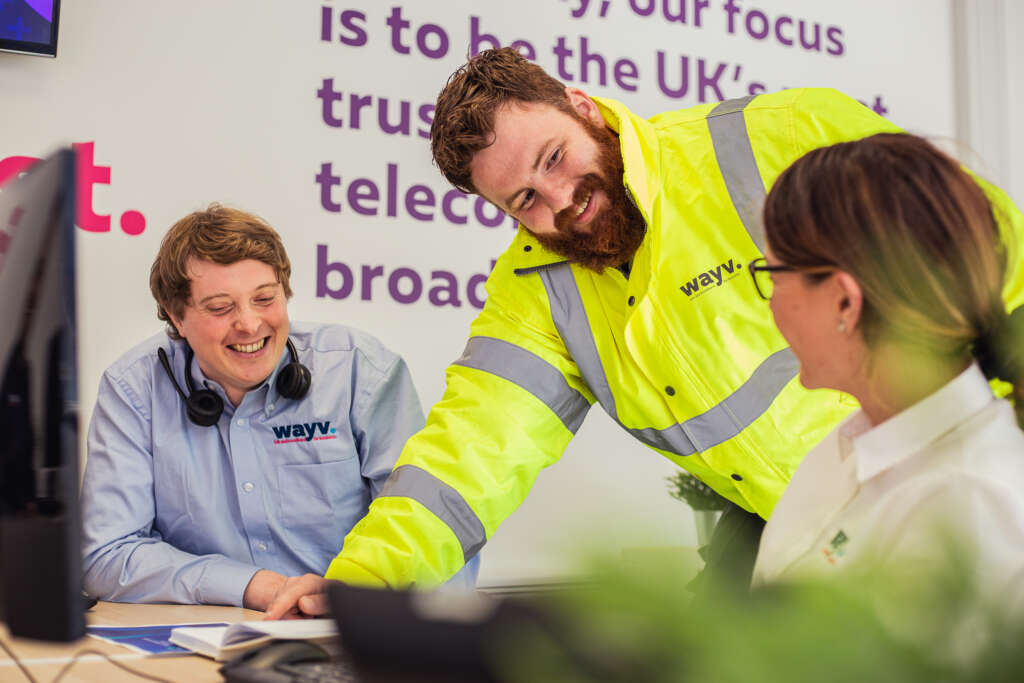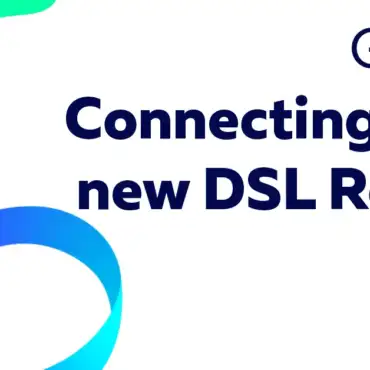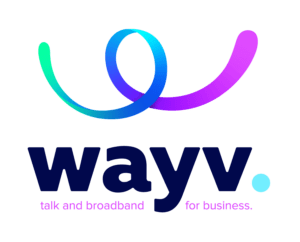In a traditional office model, you will be in your assigned seat, on-site, from 9-5 every weekday. With the boom in technology, and the massive surge in remote working that resulted from coronavirus, this model is becoming redundant.
Hot desking is the fluid choosing of any desk in the office, at any time on an ad hoc basis. Typically, these desks will be used on a first-come-first-serve basis, although some companies do implement a reservation system; this can be particularly useful when it comes to collaborative projects that may need larger groups to get together with space to work. This can be implemented between the rise of remote/ hybrid working, shared communal working spaces, and open office plans.
The purpose of this is to make the most of the available space, allow for easier collaboration amongst the workforce, and ultimately lessen the potential of unessential office space whilst giving employees the freedom to choose where they work.
Here are some advantages…
Promotes collaboration
By implementing hot desking, there is room for larger groups to collaborate, different departments to interact, and space for creative projects. Employees can work alongside colleagues they may not usually engage with, leading to cross-functional collaboration and breaking down barriers. Have a project spread across multiple departments?
Project-based teams can come together easily as they are not restricted by physical proximity. Employees can collaborate with different colleagues on various projects, encouraging knowledge exchange and a diverse range of perspectives. Building these social bonds can further drive the workforce and foster an environment for innovative thinking – something that can prove incredibly rewarding for your business.
Work-Life Balance
Hot desking provides freedom of choice. Data from the Opinions and Lifestyle Survey (OPN) found that 28% of working adults spend time working from home each week. Managing time is one of the most effective ways for employees to find a happy work-life balance – by giving employees the choice to work from home, remove their commute time and allow them to be in their own comfortable space, you promote a positive company culture that will result in more productive work performance.
Level Playing Field
Removing a seating plan for the office often squashes any preferential treatment or hierarchies that can result from the physical workspace. In traditional office setups with assigned desks, employees might vie for more favourable locations or perceive desk assignments as status symbols. Hot desking reduces such opportunities for office politics, allowing employees to focus on their work rather than their physical workspace.
Each desk holds the same importance, and therefore all the employees are on a level playing field. When employees don’t have assigned desks, it can lead to a more open and approachable atmosphere. This is not only welcoming for recruits but also allows for mixing amongst every department and every position.
Cleaner = More Productive
With each desk being up for grabs, it means there will be no assigned space for people to add their things, clutter or get complacent over the organisation of the office. A Princeton University study found that:
A clean and clear workspace eliminates distractions and can therefore help employees better concentrate on the task at hand. Overall productivity is boosted since employees can work efficiently and free from distractions.
Research indicates that the physical environment has an impact on a person’s emotions, behaviour, cognition, decision-making, and relationship with others. A clean, organised workspace is a huge factor in overall business productivity, allowing your workforce to give their full focus to the task and increase performance.
Save Money
If you monitor the use of the office, you can reduce your overall expenditure on office space. For example, if you work with a hybrid model that only has 50% of the workforce physically present at any given time, then you can cut your costs in half. In hybrid workplaces, fewer desks are required because some staff will be working off-site at any given time.
Conclusion
In conclusion, hot desking has emerged as a transformative trend in modern workplaces, redefining the way we approach office setups and fostering a dynamic and flexible work environment. As workplaces continue to evolve, it’s essential for companies to carefully assess their specific requirements and consider the potential advantages and challenges of hot desking to make informed decisions that benefit both the organisation and its employees.
Resources:
Our Knowledge Hub For SME Insights
Wayv Shortlisted in Chamber of Commerce Awards 2025
We're pleased to share that we've been shortlisted by the Barnsley & Rotherham Chamber of Commerce in their annual awards for the second year running!
Wayv Volunteering July 2025
On Friday 11th July, the Wayv team helped out at Norton Nurseries, a food growing site recently acquired by Food Works, a Sheffield-based social enterprise.
Guide: Connecting your new DSL Router
Instructions for connecting your new DSL router
Navigating the Big Switch Off for your business
If you’re one of the estimated 75% of small to medium businesses still relying on traditional phone lines, read on to find out how to navigate the switchover.
Why business phone systems are adding more value than ever
Phone systems now integrate with other business systems as standard, enabling a more streamlined approach to managing business communications.
Wayv Shortlisted in unLTD Business Awards 2024
Following on from our shortlisting in the Barnsley and Rotherham Chamber of Commerce’s Celebration of Business Awards, we’re…
Wayv Shortlisted in Chamber of Commerce Awards 2024
“We’re proud to be shortlisted in these awards alongside some fantastic local businesses. Our continued growth is testament…
Wayv Certified Carbon Neutral for Second Year
Wayv are delighted to have been certified carbon neutral by Carbon Neutral Britain for the second year running.














